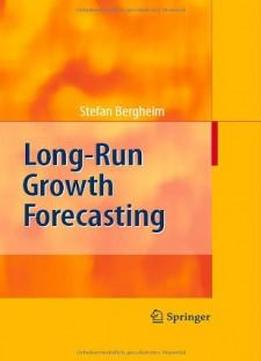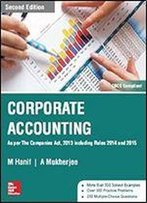
Long-run Growth Forecasting
by Stefan Bergheim /
2008 / English / PDF
2.4 MB Download
This book explores how to set up an empirical model that helps with forecasting long-term economic growth. GDP forecasts for the years 2006 to 2020 for 40 countries are derived in a transparent way. Offering a systematic approach to models of potential GDP that can also be used for forecasts of more than a decade it fills the wide gap between the high demand for such models by banks, international organizations, and governments on the one hand and the limited supply on the other hand. Frequent forecast failures in the past (e.g. Japan 1990, Asia 1997) and the heavy economic losses they produced motivated the work. The book assesses the large number of theories of economic growth, the drivers of economic growth, the available datasets and the empirical methods on offer. A preference is shown for evolutionary models and an augmented Kaldor model. The book uses non-stationary panel techniques to find pair-wise cointegration among GDP per capita and its main correlates.
This book explores how to set up an empirical model that helps with forecasting long-term economic growth. GDP forecasts for the years 2006 to 2020 for 40 countries are derived in a transparent way. Offering a systematic approach to models of potential GDP that can also be used for forecasts of more than a decade it fills the wide gap between the high demand for such models by banks, international organizations, and governments on the one hand and the limited supply on the other hand. Frequent forecast failures in the past (e.g. Japan 1990, Asia 1997) and the heavy economic losses they produced motivated the work. The book assesses the large number of theories of economic growth, the drivers of economic growth, the available datasets and the empirical methods on offer. A preference is shown for evolutionary models and an augmented Kaldor model. The book uses non-stationary panel techniques to find pair-wise cointegration among GDP per capita and its main correlates.










